15 Moments That Remind Us Quiet Kindness Builds What Life Breaks

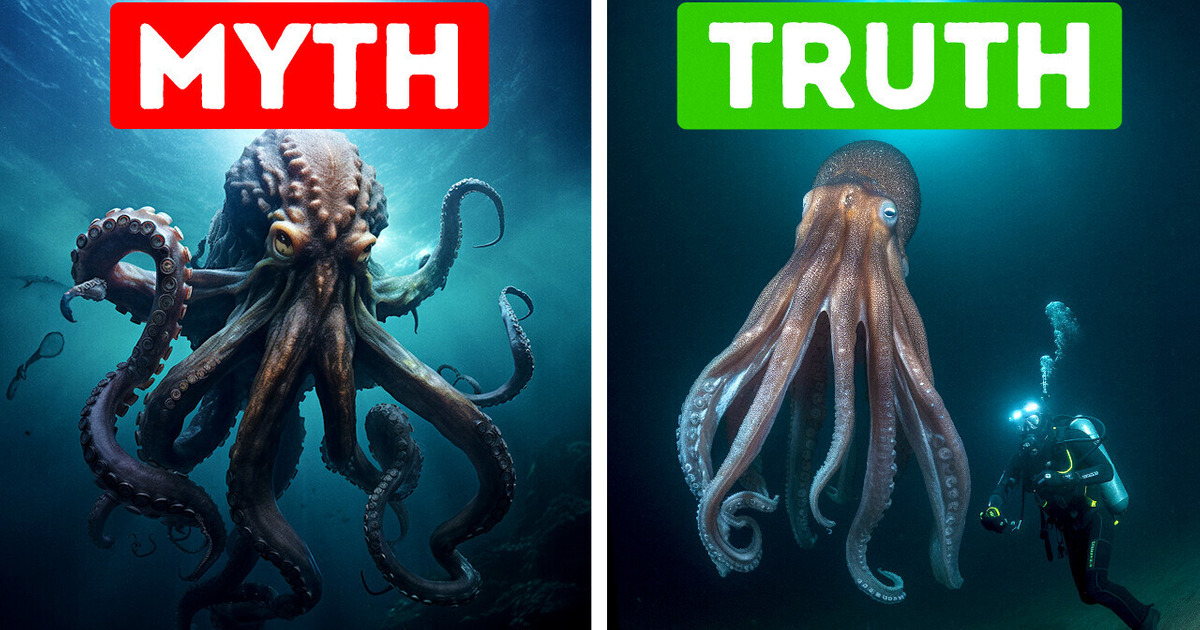
Once upon a time, in the deep blue sea, there was a giant monster called the Kraken. People believed it lived in the waters near Norway and Greenland. The first time anyone wrote about the Kraken was a long, long time ago. It was a man named Erik Pontoppidan from Denmark.
In a book called “The Natural History of Norway,” he wrote that the Kraken looked like a huge octopus or cuttlefish, and it could pull ships down to the bottom of the ocean. Later on, people started to imagine the Kraken as a giant squid. Even today, the story of the Kraken is still very popular, and it can be found in books, movies, or games.
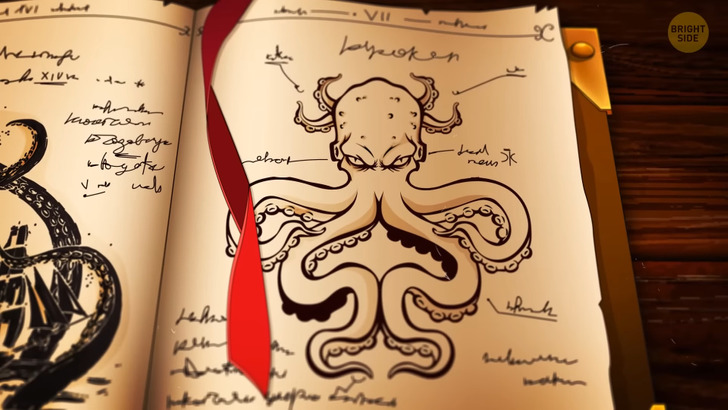
The stories surrounding the Kraken might sound like nothing more than local folklore or myths. But in 2004, the first giant squid was photographed. This amazing discovery was made by a team of Japanese scientists who had been working for years to capture a live giant squid on camera. They used a baited line with a camera attached to it to lure the giant squid to the surface. They also used a special lure that mimicked the light patterns of a small creature to attract the giant squid.
After several days of waiting, the team finally got lucky. The image showed the giant creature’s long tentacles and large eyes, as well as its distinctive body shape. It didn’t stop there, though. In 2012, another team of scientists, this time from National Geographic, filmed a live giant squid for the first time in its natural habitat. This footage gave the world a much better understanding of the giant squid and its behavior.
You’ve surely heard about this next myth, too. It was said to be the most beautiful and wealthy city ever to exist. Its entrance was decorated with marble statues. The architecture of this city was sturdy and imposing. The depictions of Greek deities, beautifully painted, could be seen almost everywhere.
The city has been the subject of debate for historians and fiction writers alike; we still have very little information on the location of the ancient city of Atlantis. That is if it even existed... Since it was supposedly swallowed by the sea in its entirety, it’s no wonder some curious minds linked it to other mysterious locations on Earth — even to the Bermuda Triangle.
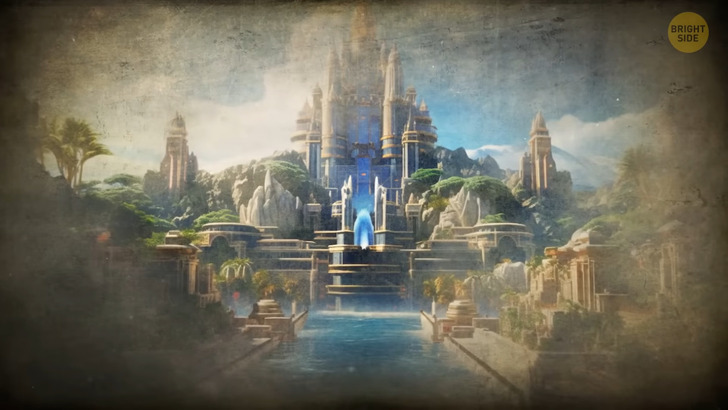
But let’s not get ahead of ourselves: it’s not yet confirmed that Atlantis truly existed. The idea of an island sinking into the sea due to an unknown disaster is a widespread idea in mythology and popular culture. However, it is possible that the story of Atlantis was inspired by actual events, such as the sinking of islands like Helike.
On this island, located in the Gulf of Corinth, there was a thriving ancient Greek city. It was known for its prosperity and wealth, and it was also an important spiritual headquarters for the Greeks. The city was home to a building dedicated to the immortal Poseidon, and it was believed that he protected the city himself.
However, one fateful night in 373 BCE, a massive earthquake struck the region. The ground shook violently, and the city was swallowed up by the sea in a matter of minutes. The residents of Helike, unable to escape the disaster, all disappeared under the waves.
The sinking of Helike was a great tragedy for the ancient Greeks, and it was seen as a punishment from the higher spirits. Many believed that the city’s prosperity and pride had angered them, and they had punished the city by destroying it. The city remained underwater for centuries, and it was not until the 20th century that it was rediscovered by modern archaeologists. Today, most part of the city is still underwater.
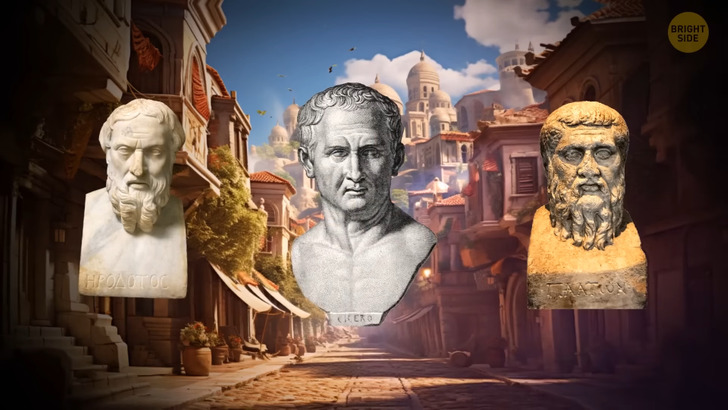
While we’re on the subject of Greek myths, we have to talk about the famous city of Troy. This was a legendary city in Ancient Greece. Scientists believed for years that it had been made up by writers and philosophers. According to an ancient Greek legend, the city was founded by the Trojan prince Paris, who stole Helen, the wife of King Menelaus of Sparta, and brought her back to Troy. This event sparked a huge conflict between the Greeks and the Trojans that lasted for ten years.
One of the most famous stories from the Trojan conflict is the tale of the Trojan Horse, a large wooden horse that the Greeks built and left outside the city gates as a gift to the Trojans. The Trojans, believing the horse to be a symbol of peace, brought it into the city.
But inside the horse, there were Greek fighters who, once inside the city, opened the gates and let the rest of the Greeks in. The Trojans had no escape this time, and they were ultimately defeated. The city was rediscovered in the 19th century in modern-day Turkey. It is located near the Scamander River. Today this region is an archaeological site and draws a lot of tourists each year.
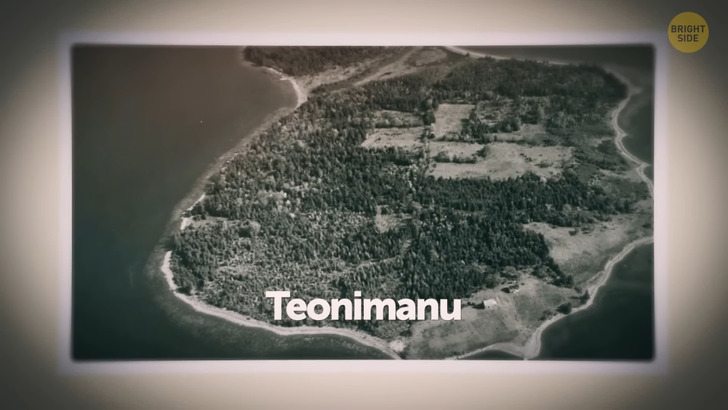
The following myth is indeed sad, but it might have some truth to it, too. It is said that years ago, in the Solomon Islands in the Pacific Ocean, there lived a man that was deeply in love with his wife. The woman, however, decided to leave him for another man and move to the nearby island of Teonimanu. Heartbroken and filled with rage, the man sought out a curse to take his revenge. He set out on a journey in a canoe, determined to bring destruction to the island where his wife had fled.
Upon arriving at Teonimanu, the man planted two taro plants. One he kept for himself. According to the instructions, once his own plant began to sprout, disaster was supposed to strike the island. And it did. The man watched from a mountaintop as a series of waves smashed into the island, causing it to sink beneath the waves. Teonimanu was a real place, but it’s not entirely clear when it disappeared.
It is said that waves alone could not have washed away this small but tall volcanic island. But an undersea earthquake could probably have done it. The island was balanced on the edge of an unstable underwater slope. The most reasonable explanation is that a huge earthquake shook the region, which made the weak foundation collapse and caused the island to sink beneath the waves.
This island-sized landslide would have pushed a lot of water out of the way, which would have created a series of massive megatsunamis. So, although those vengeful waves could have occurred, they were most likely the result of another event. And that sad man, with his curse fulfilled, returned to the Solomon Islands, with his heart still heavy after the loss of his wife...
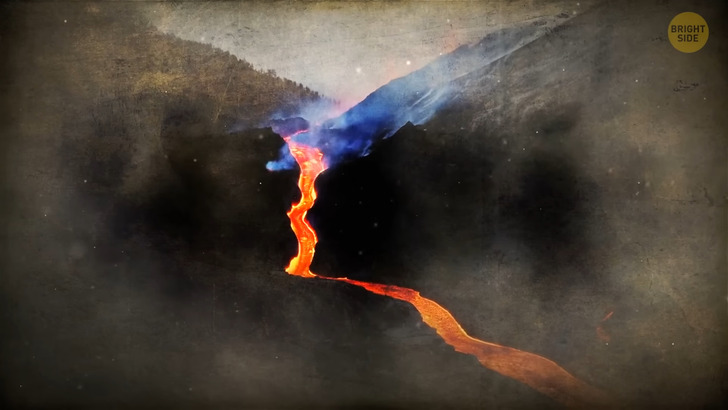
We won’t leave the ocean waves just yet, but we’re heading over to Hawaii. A legend has it that once upon a time, there was a Hawaiian higher spirit named Pele. She was the protector of volcanic fire and was said to have arrived at the islands to flee from her older sister.
To conceal herself, Pele hid in various hideaways on each of the islands until she finally concealed herself in a pit at Kilauea. This is why, according to the legend, Kilauea is known as Hawaii’s active volcanic center today. The story may be visually stunning, but in reality, volcanism is caused by the superheated mantle that triggers a lot of melting beneath the surface of our planet.
People also say that Pele’s tears and hair can be found scattered around the volcano. However, reality has more to do with physics than with folklore. When lava cools rapidly, particularly when it gets quenched in water or a small amount of it flies through the air, it turns into volcanic glass.
When it stretches and cools down, it can sometimes form tear-shaped droplets. Or it can get stretched so thin that it begins to look like strands of hair. We know today that Hawaii is a volcanic region known for its fire fountains, with huge streams of lava shooting up from active vents. It’s no wonder it became an ideal origin place for the story of two sisters and their sibling rivalry.











